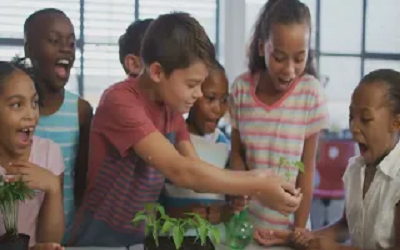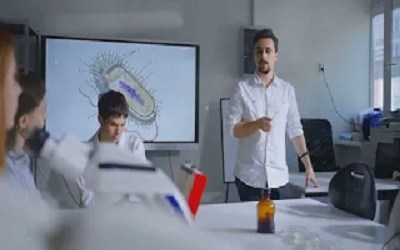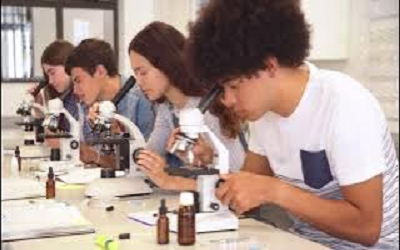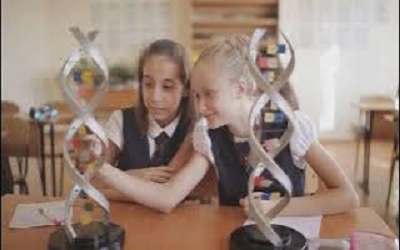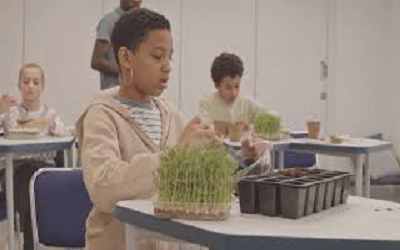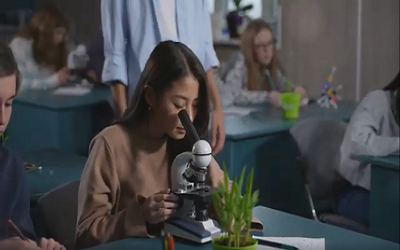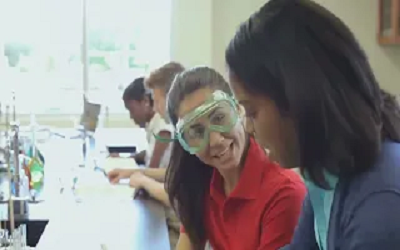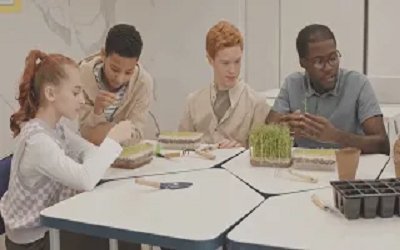Course description
The book covers almost every major concept taught in senior-secondary biology. It starts with reproduction, both in plants and humans, explaining how new life forms, how gametes are made, how fertilization happens, and what happens after fertilization. Then it moves on to genetics—how traits are inherited, why children look like their parents, how DNA works, how genes express themselves, and how genetic disorders happen.
After that, it talks about evolution and how life changed over millions of years, making sense of natural selection, adaptations, and fossils. Then the book shifts to human health, diseases, immunity, and how lifestyle and microbes affect health. It also explains how humans improve plants and animals for food, how microbes help us in everyday life, and how biotechnology changes things like medicine and agriculture.
The last part deals with ecology—how organisms live together, how energy flows, how ecosystems stay balanced, how biodiversity is threatened, and what environmental problems humans create. Overall, it covers life from the smallest molecule to the entire planet.






